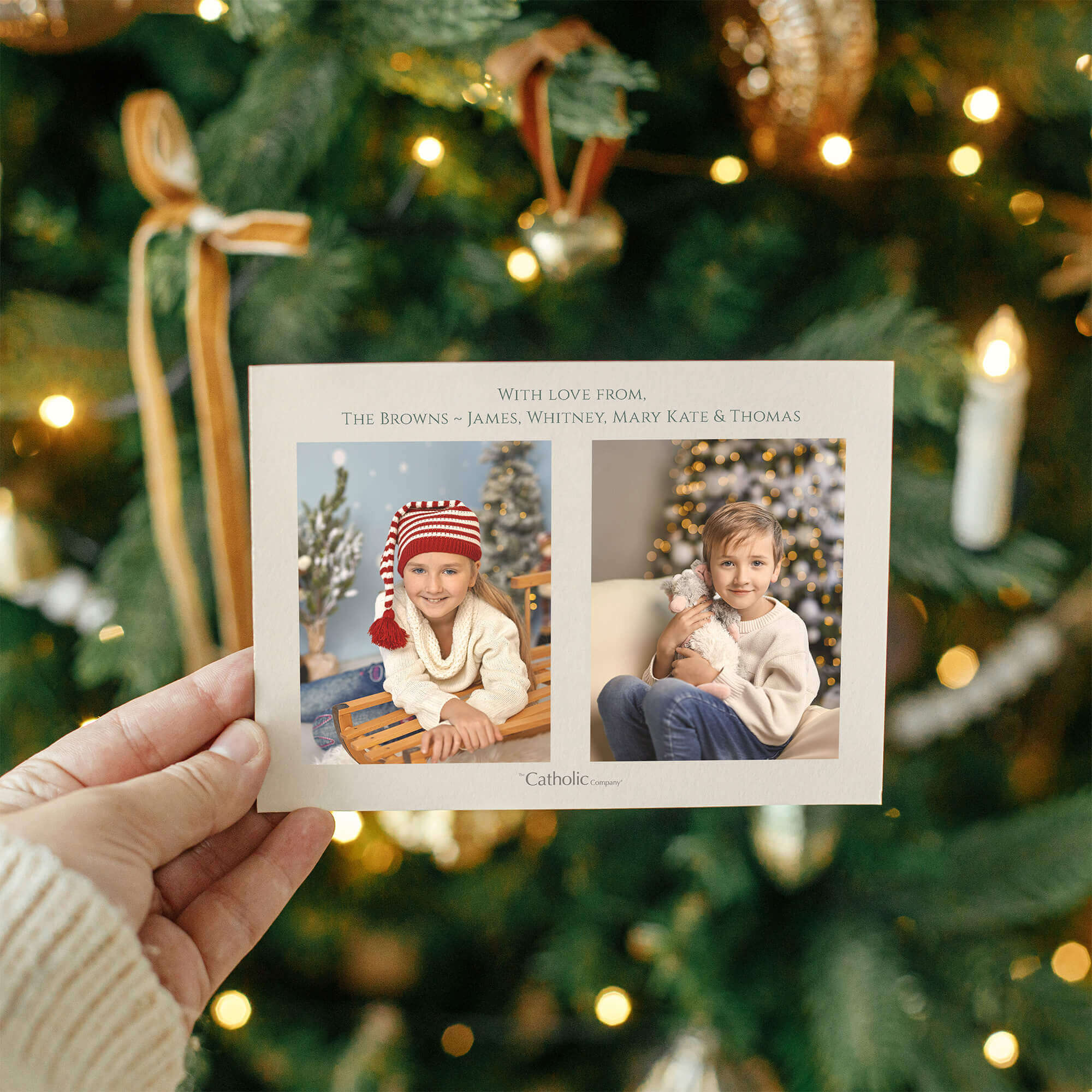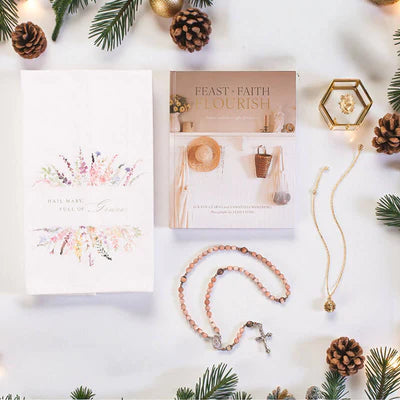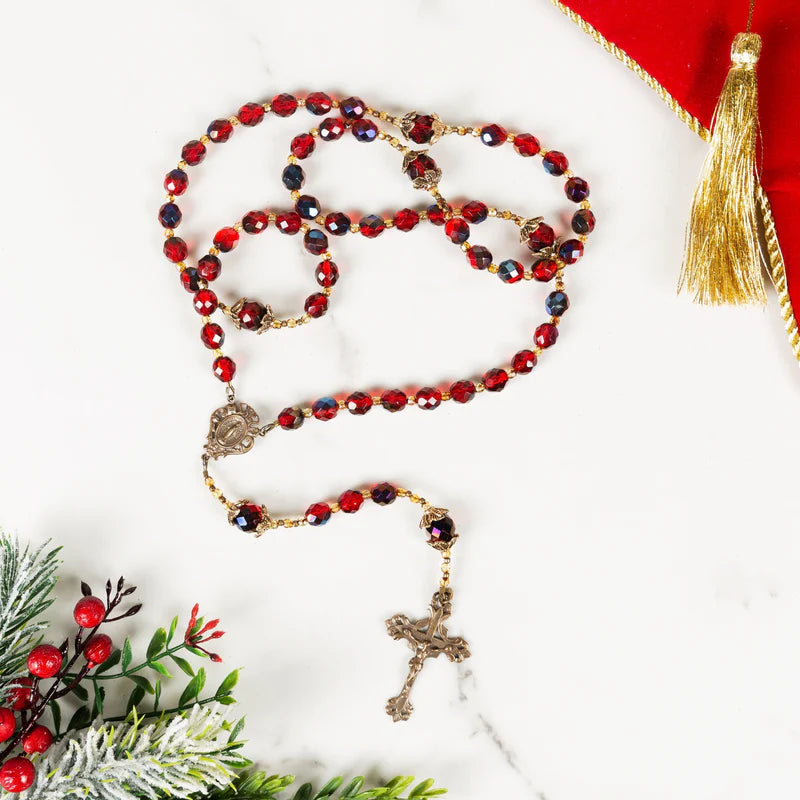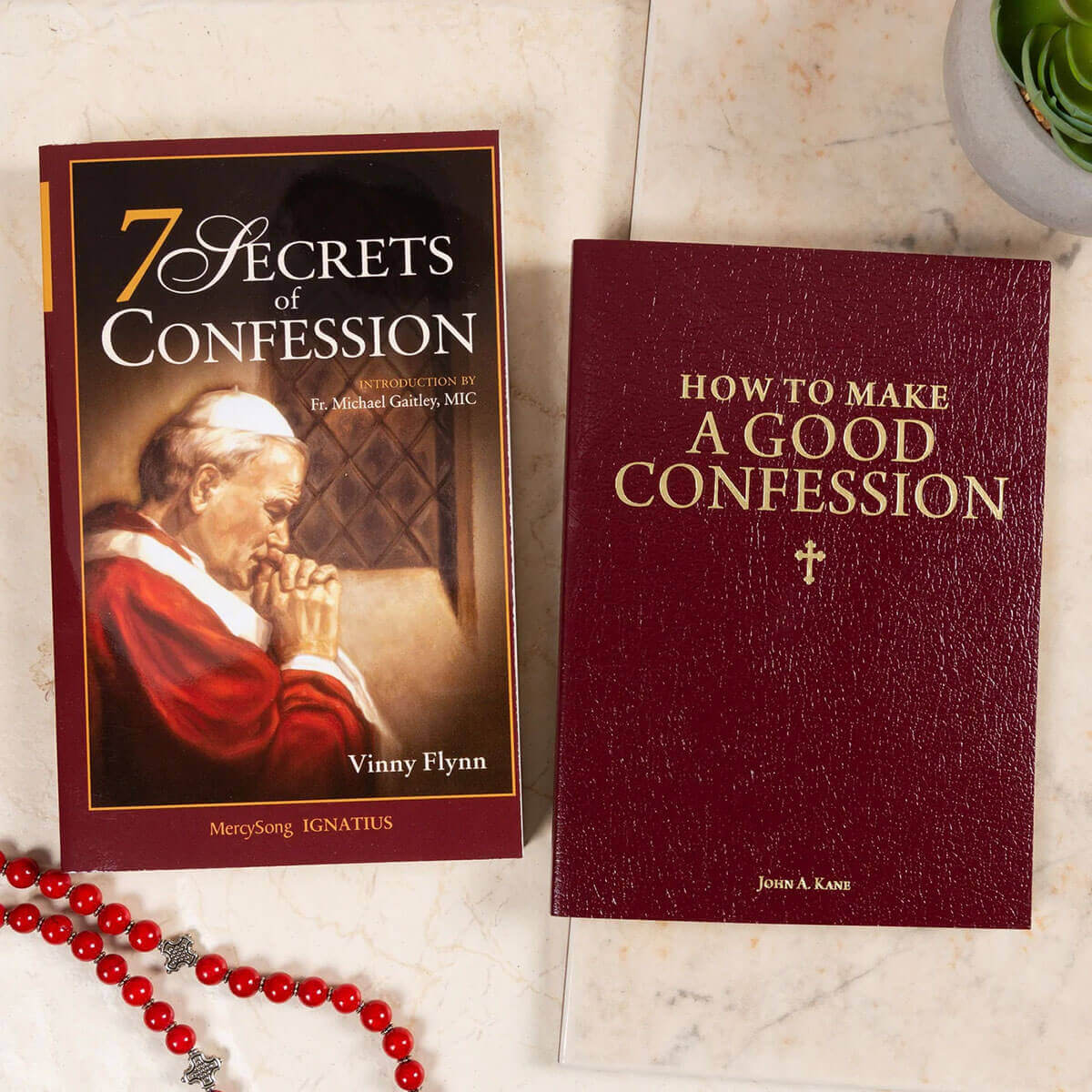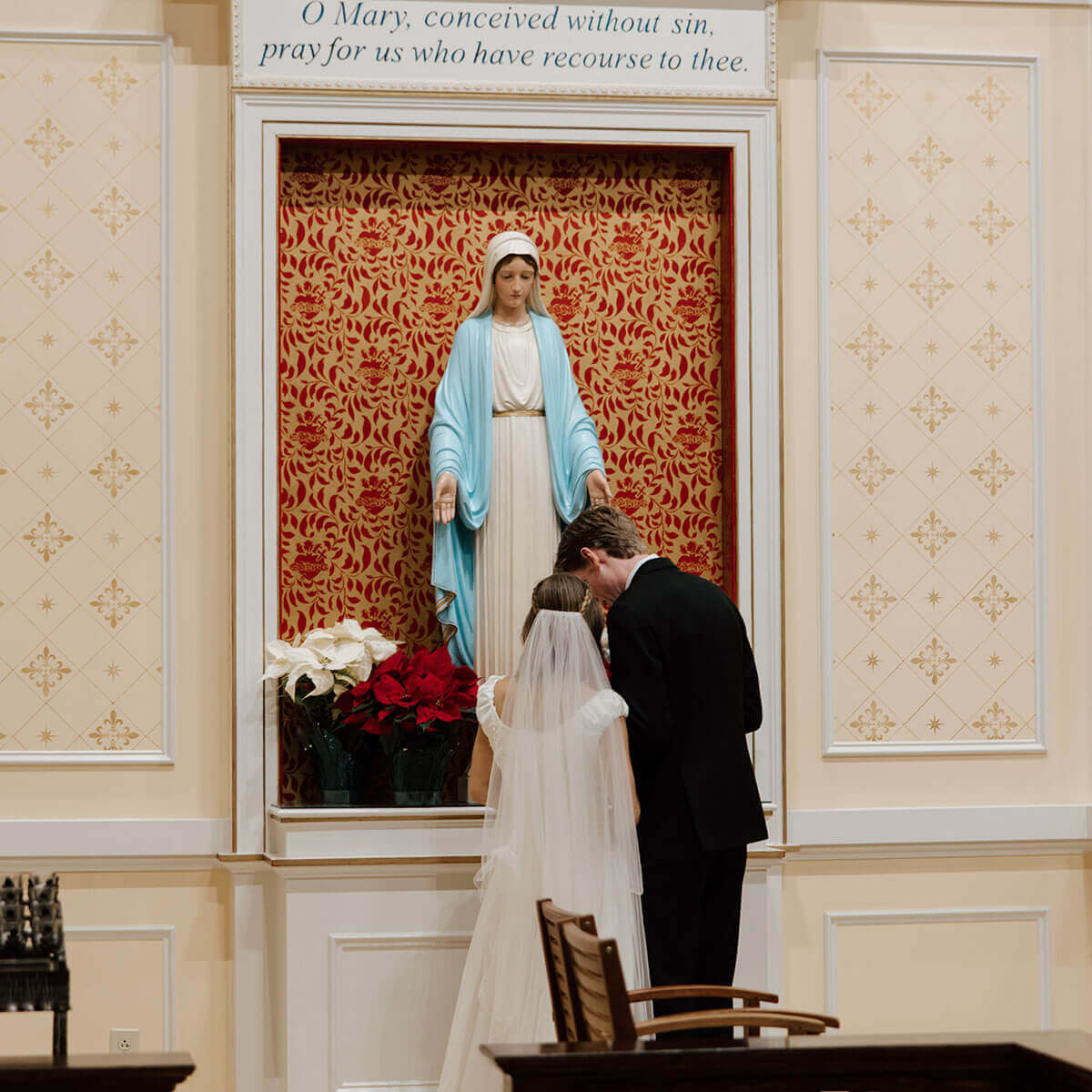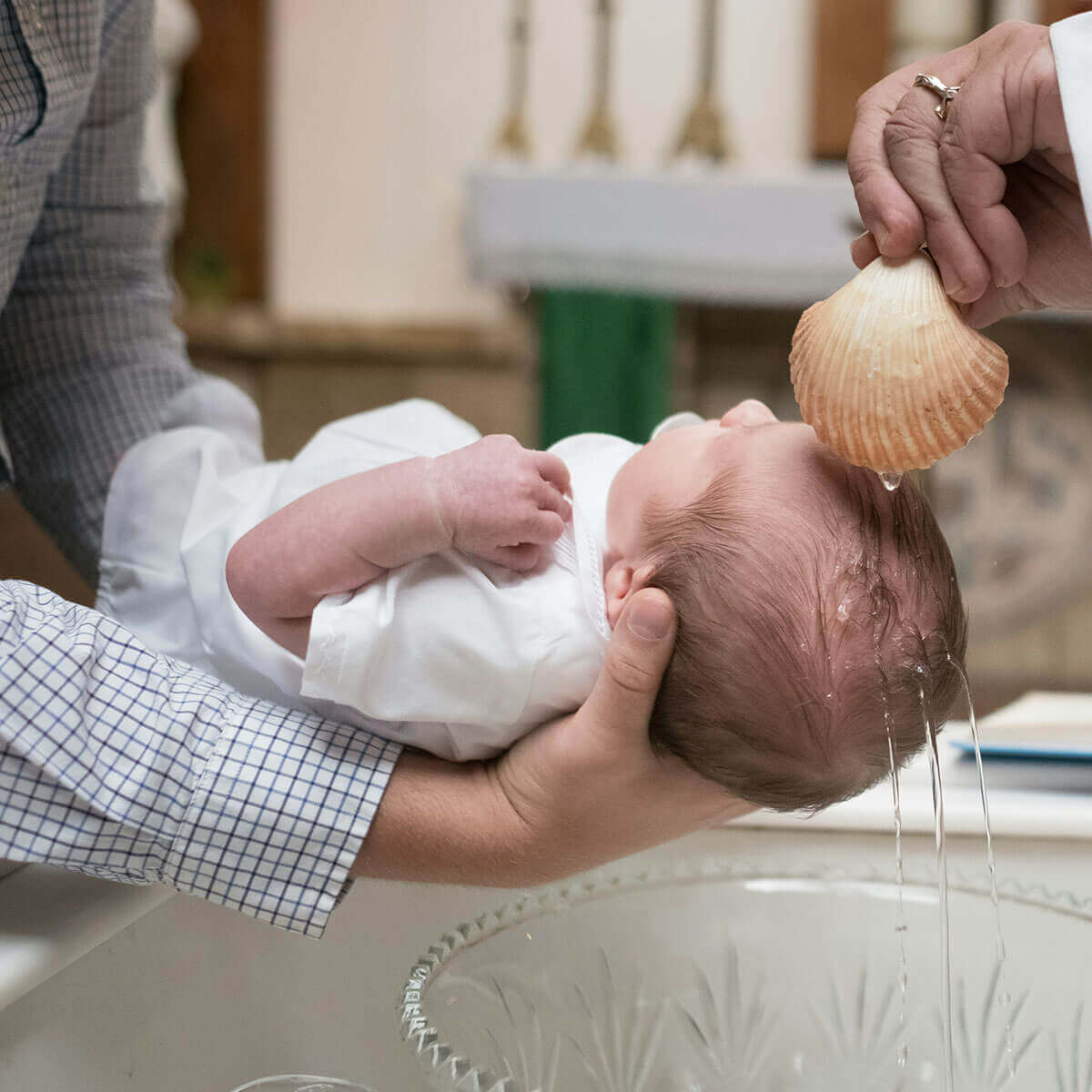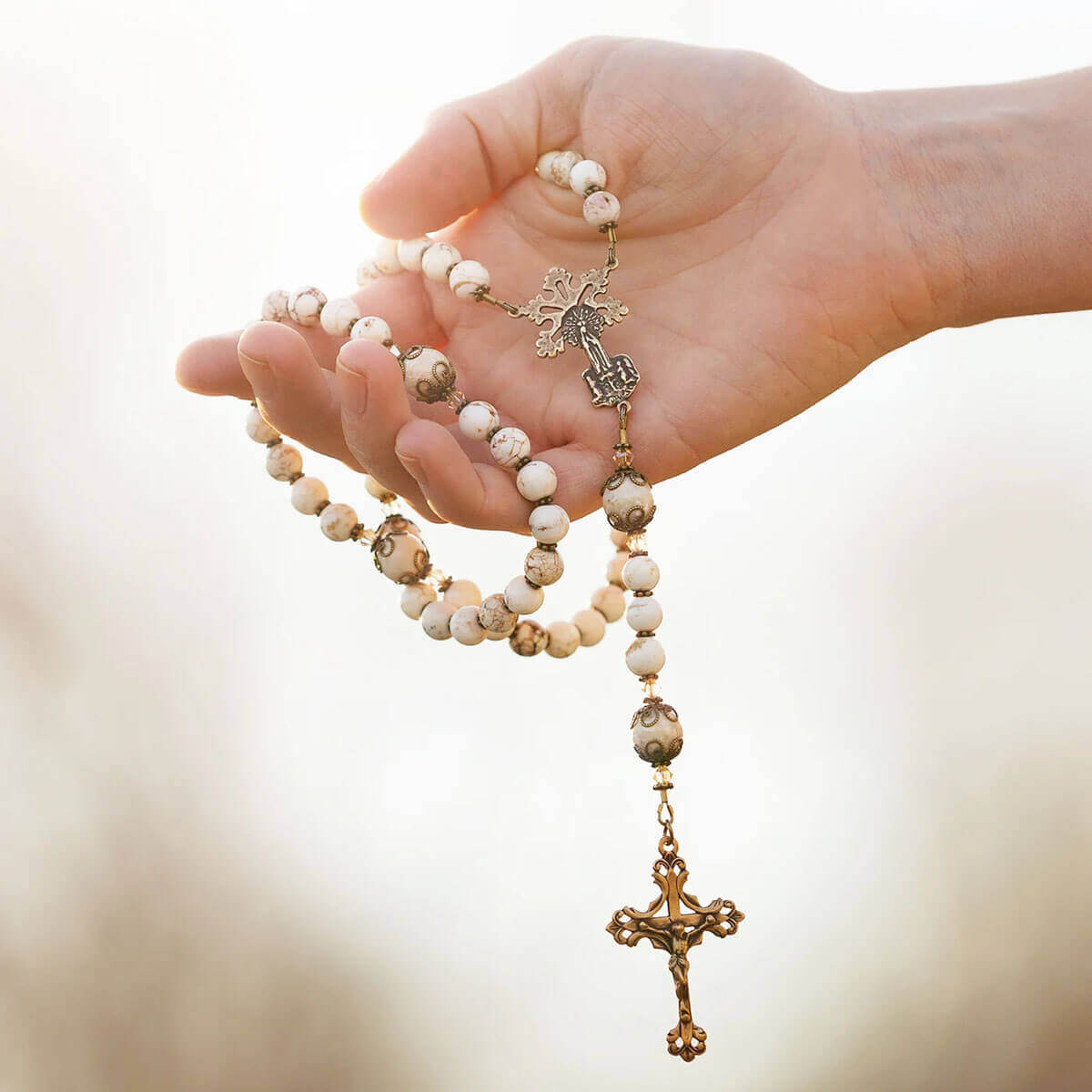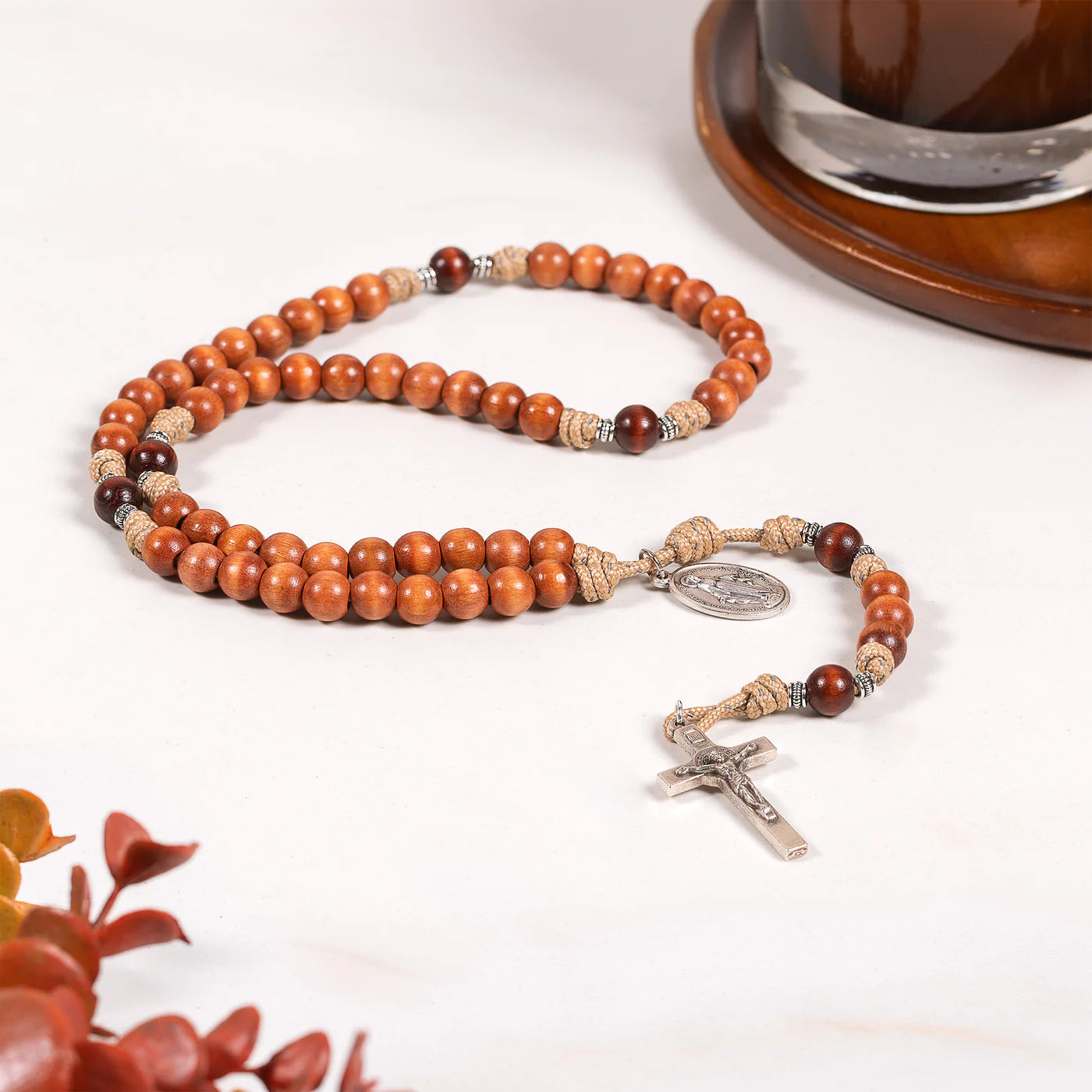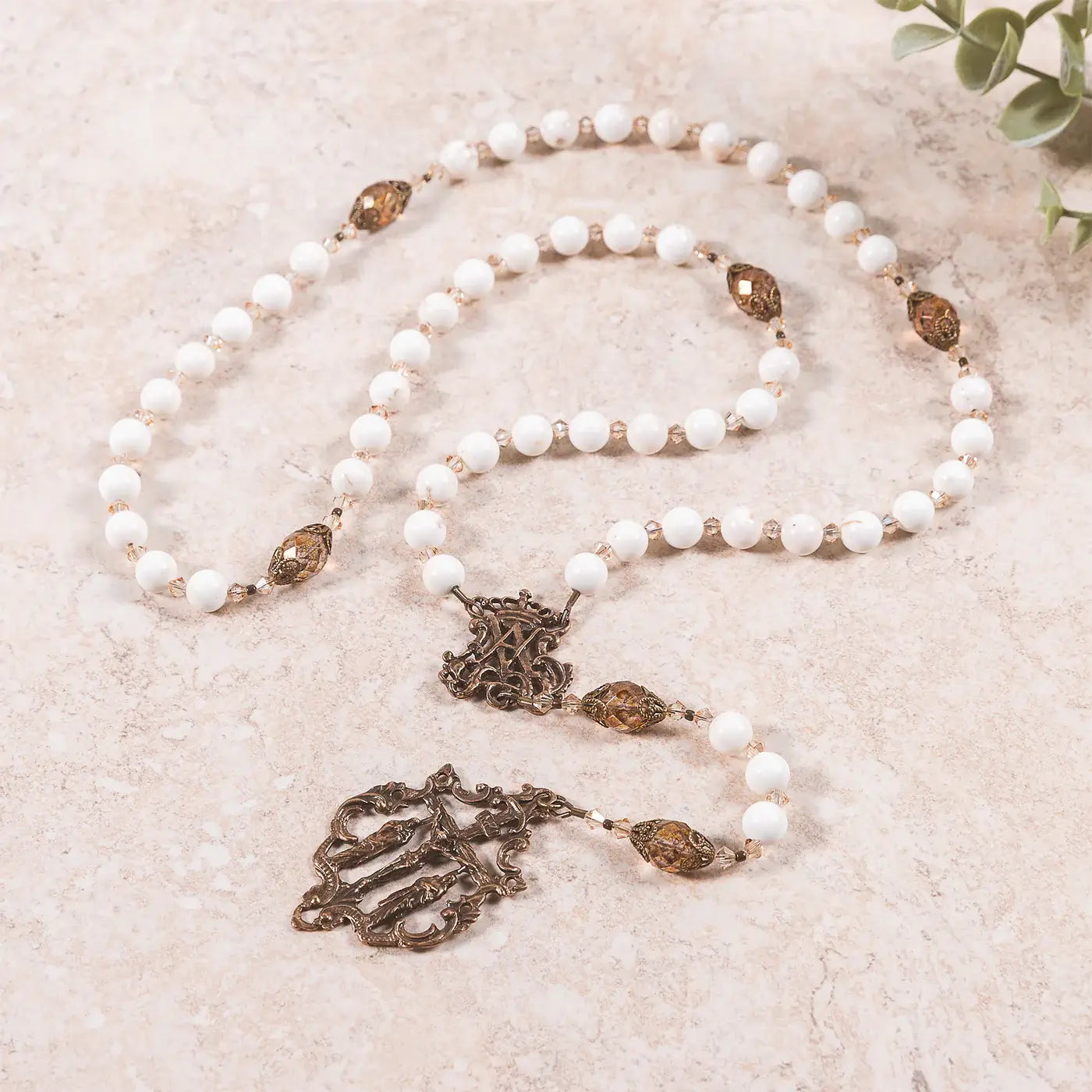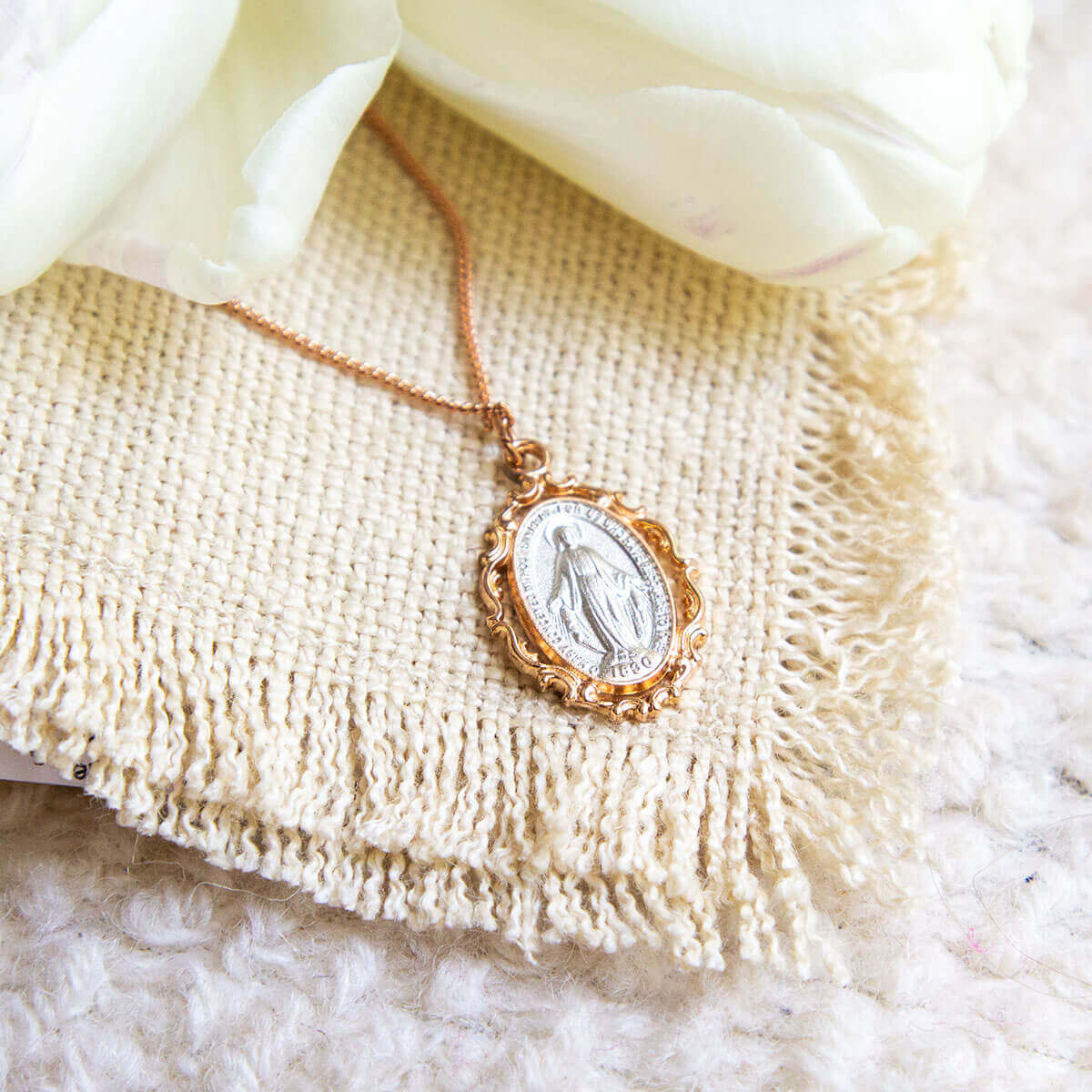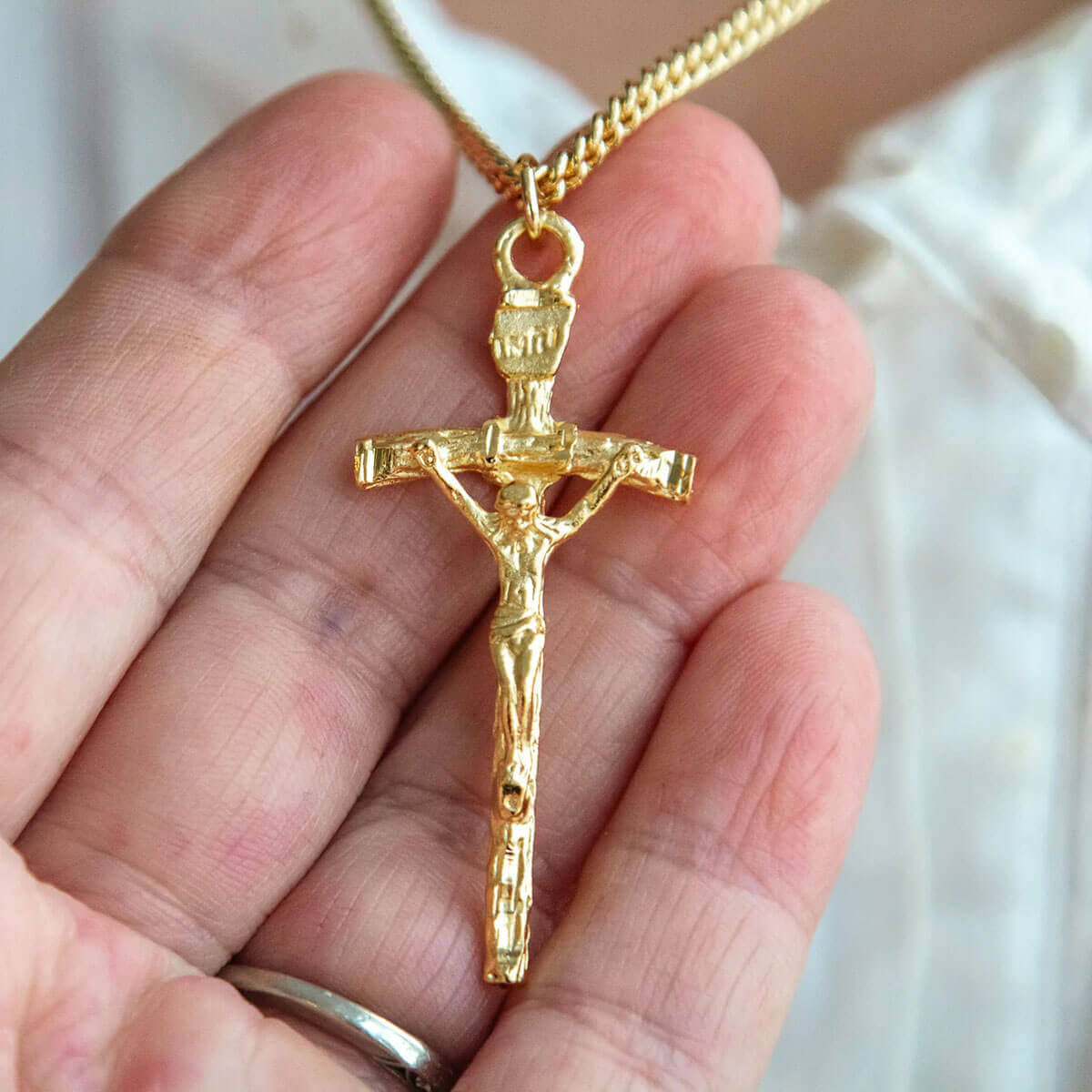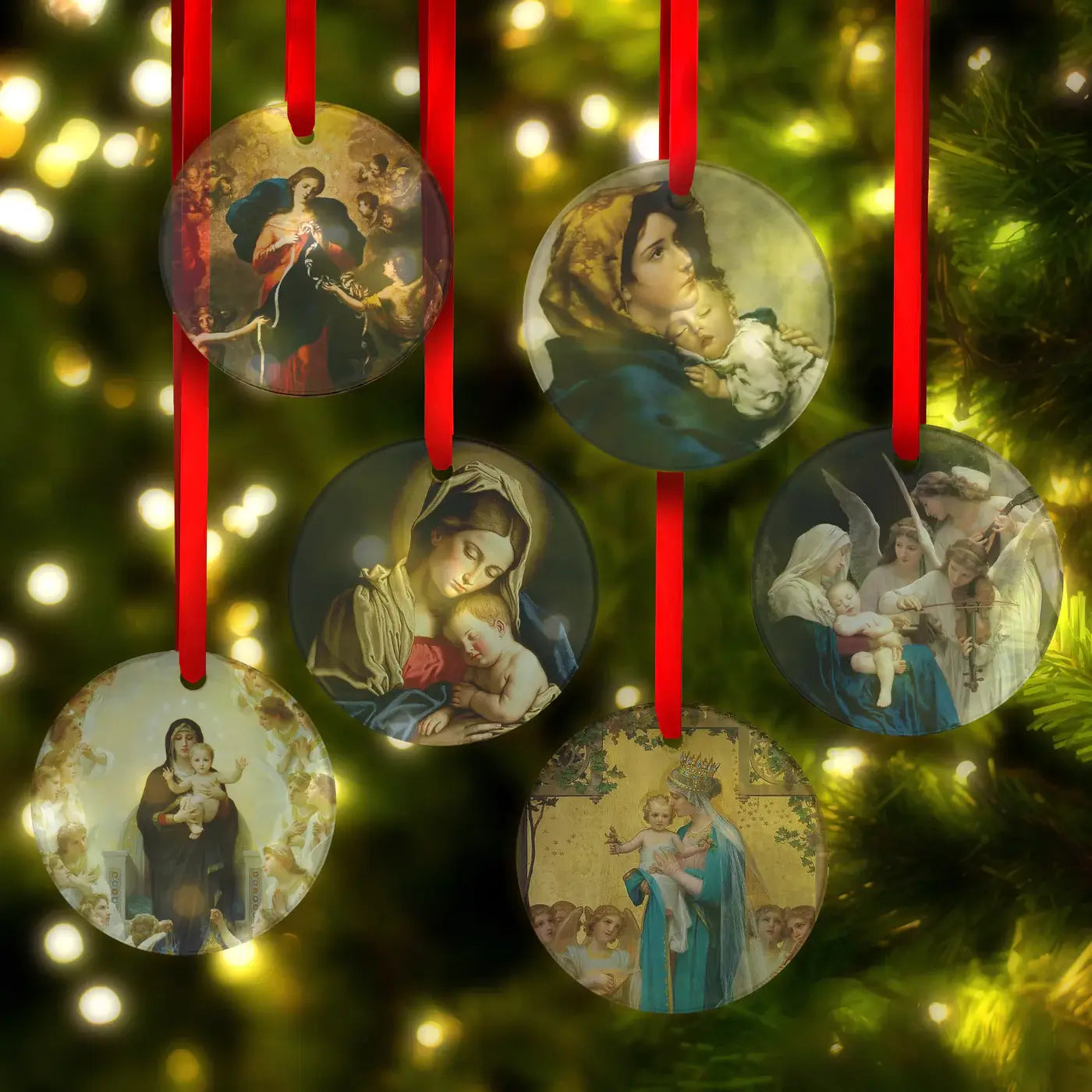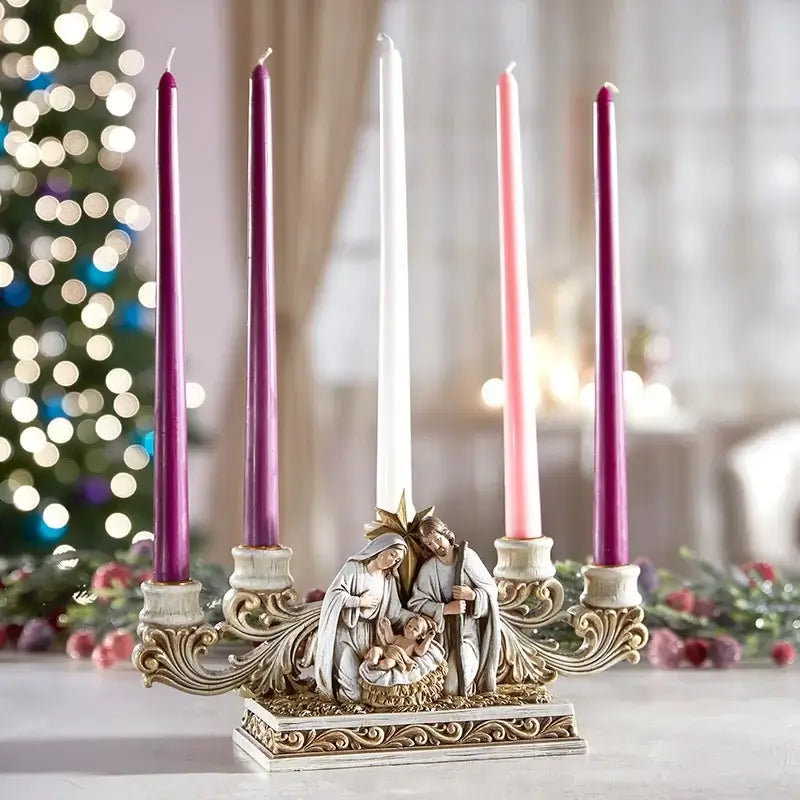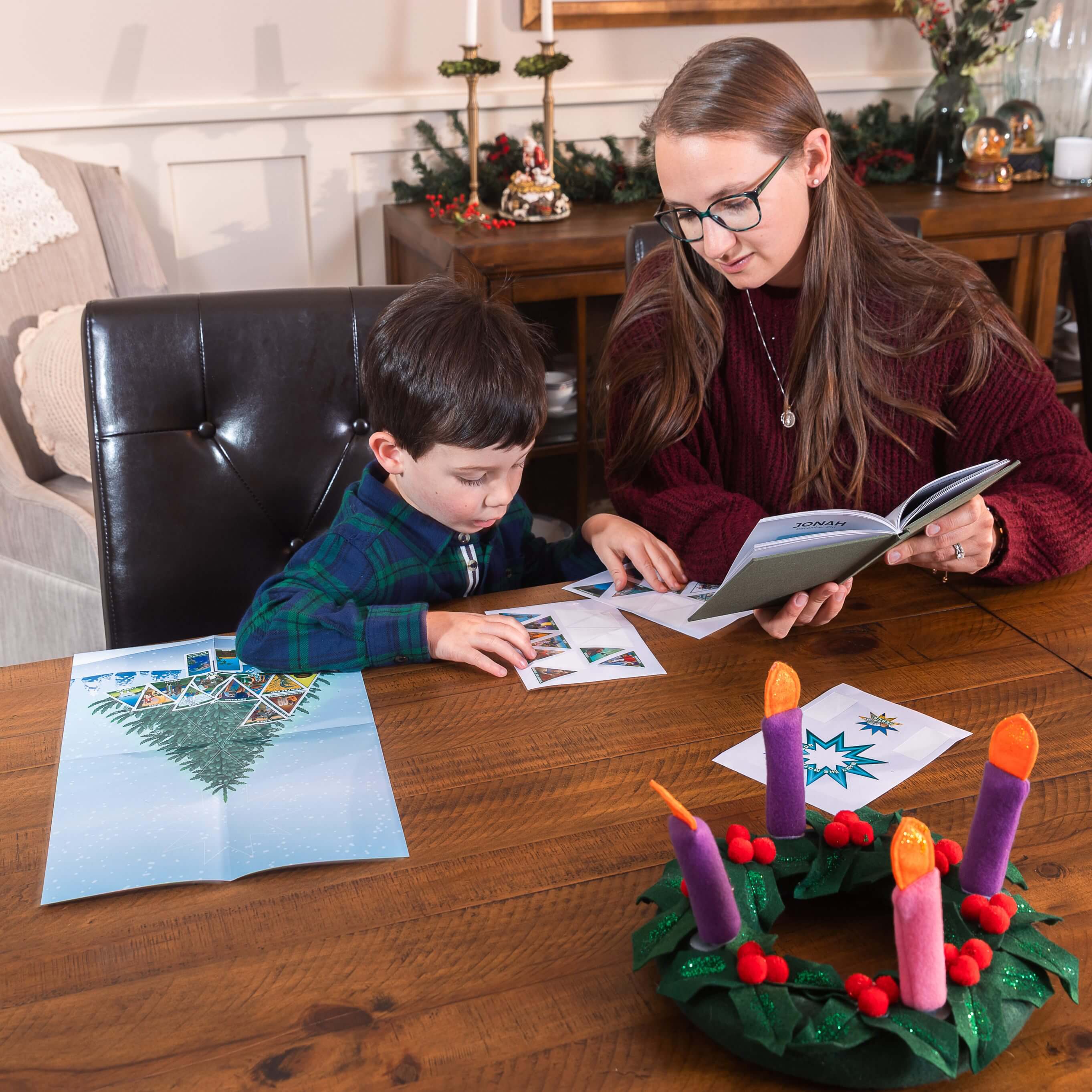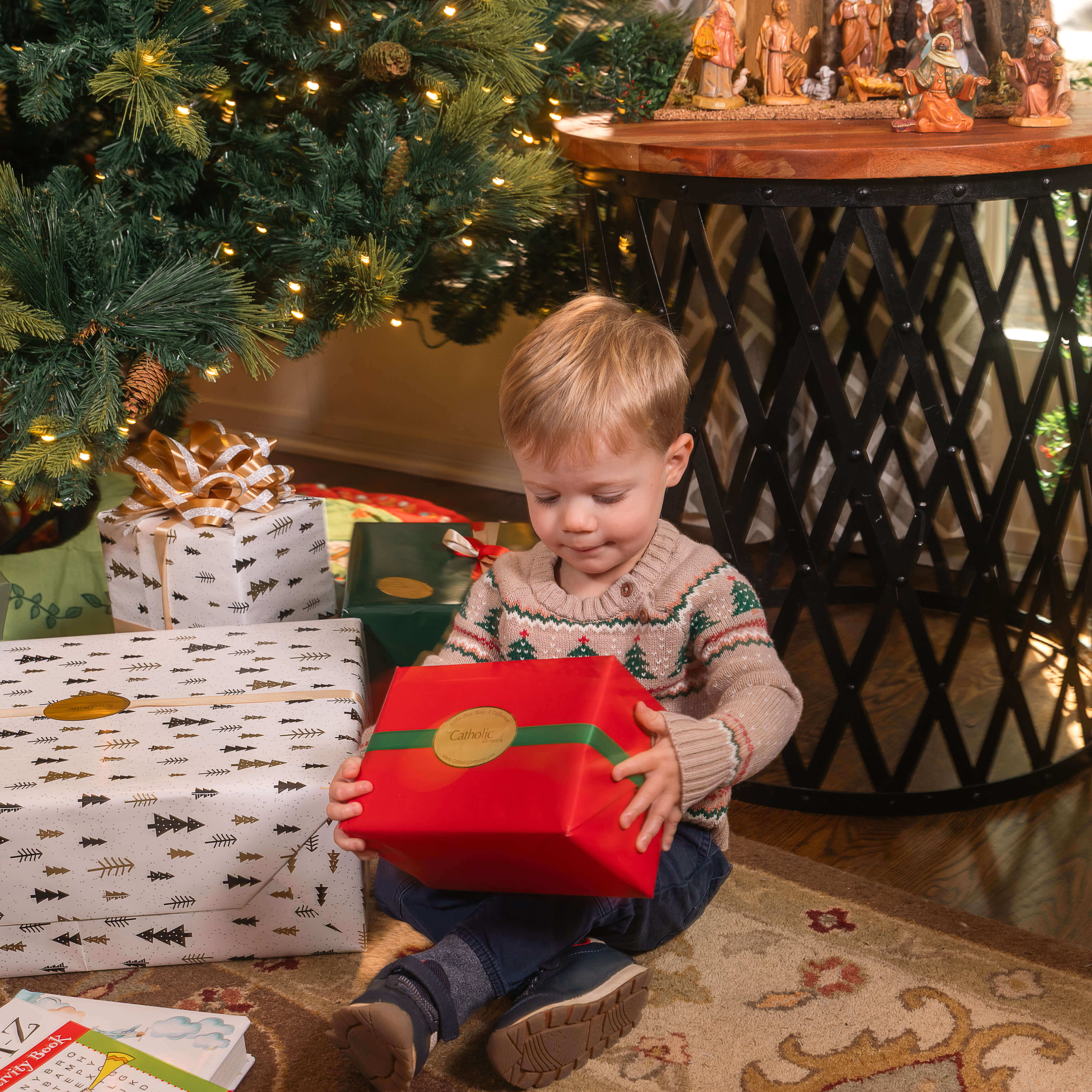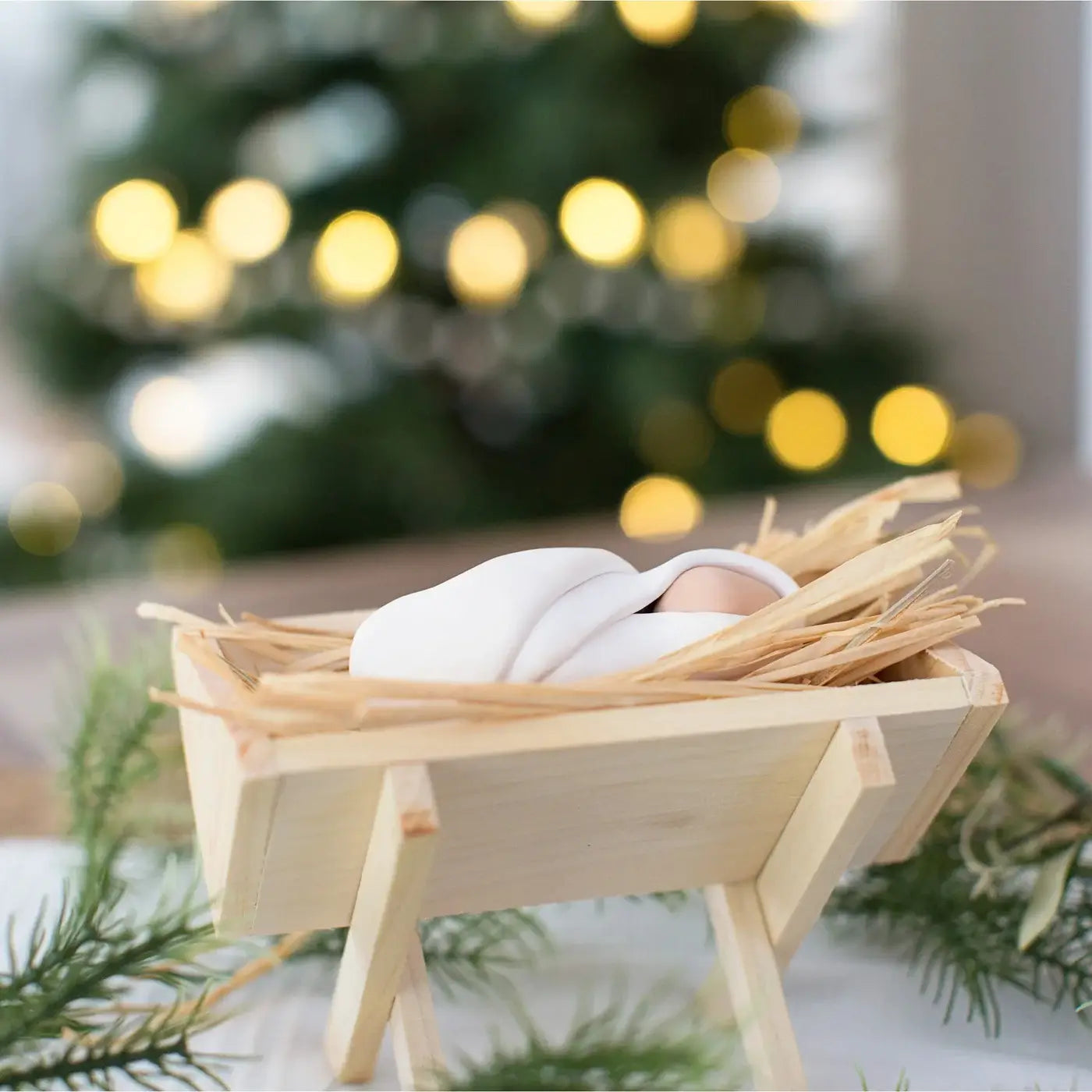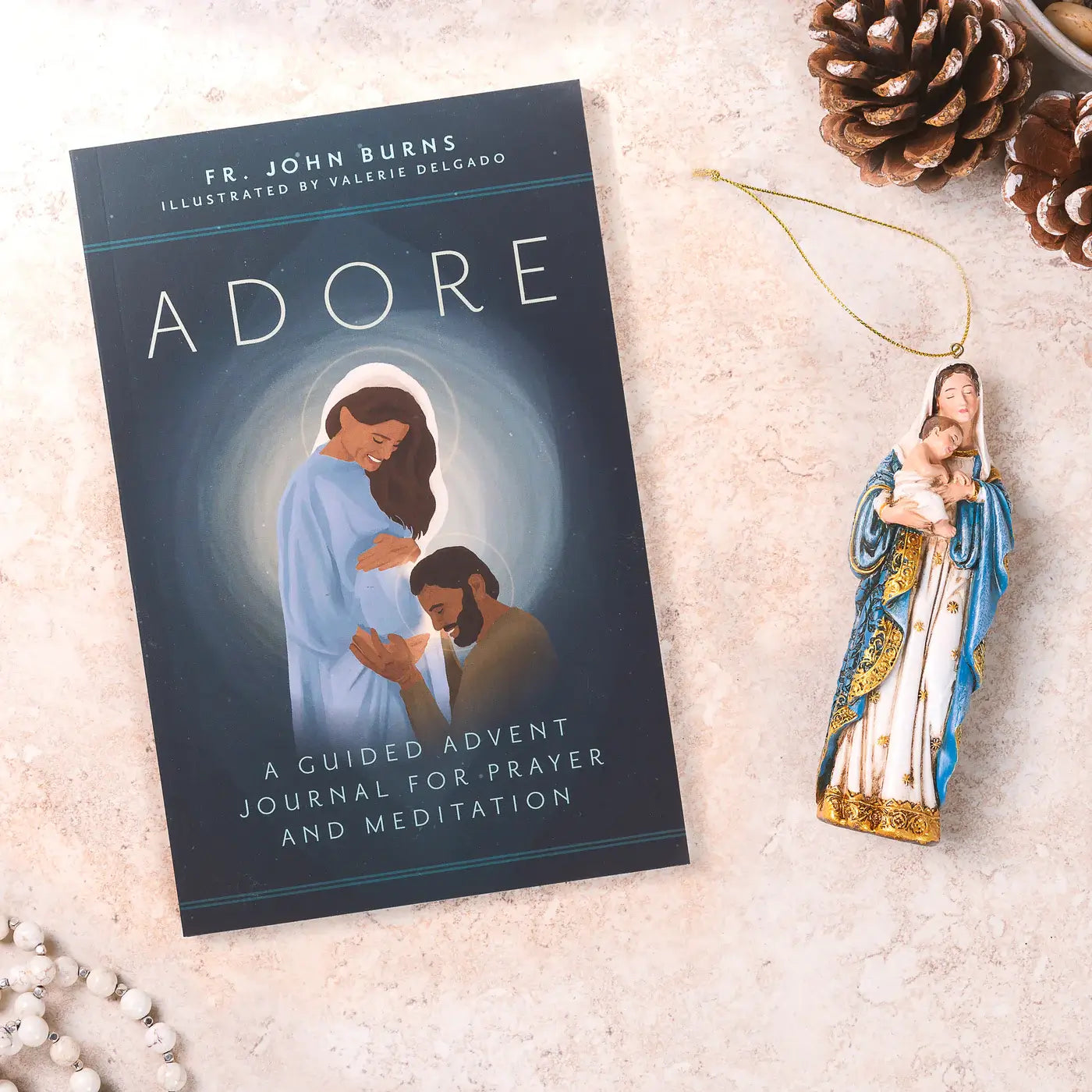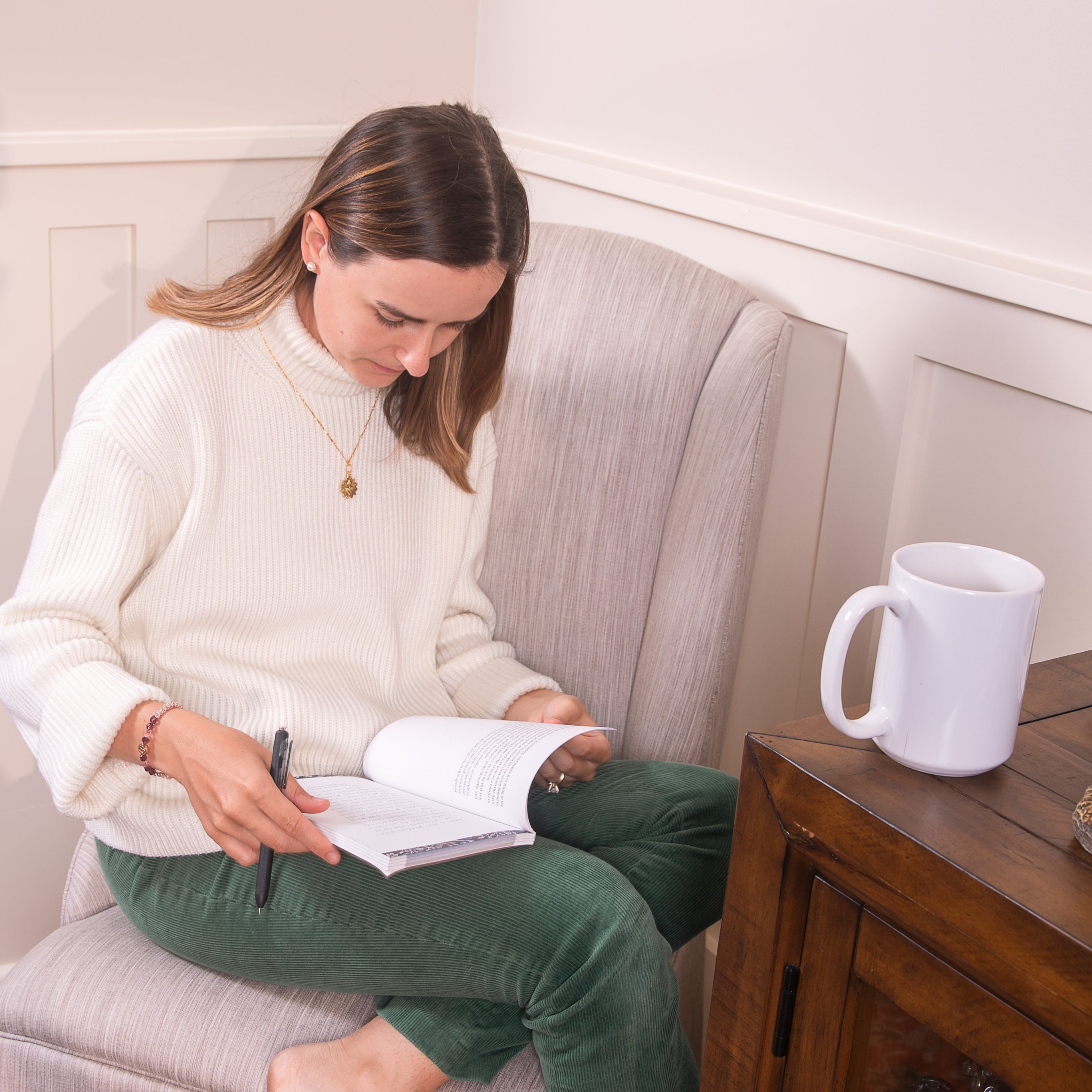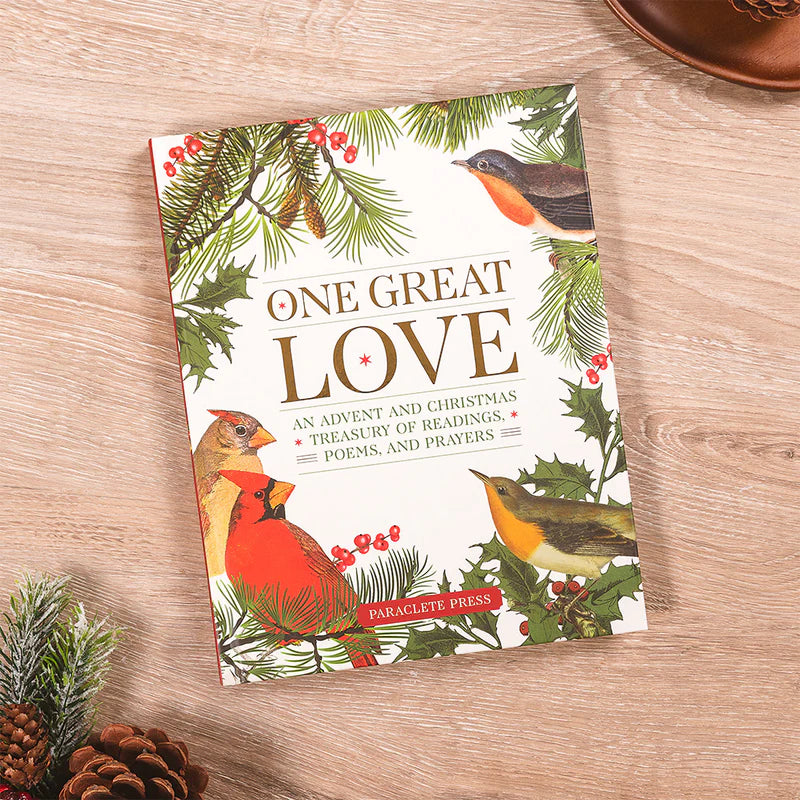
[[2025]]
The tradition of the Oplatki originated in Poland during Early Christian times. This Christmas Custom began with a simple white wafer, baked from flour and water. The wafers are wonderfully designed to display Christmas images, such as the Nativity.
HOW TO CELEBRATE THE OPLATKI TRADITION
The Oplatki are enjoyed by families, typically right before the Christmas Eve meal. The entire family will gather around the table with the Oplatek. Generally the eldest member of the family will begin the ritual by breaking off a piece of the wafer and passing it to another family member with a blessing. This blessing can simply consist of what you desire for your loved one in the upcoming year – whether it be good health, success, or happiness. The purpose of this act is primarily to express ones unconditional love and forgiveness for each member of his or her family.
THE SYMBOLISM
The significance of the Oplatki Christmas wafer is in that it shadows the Eucharistic meal that Catholics participate in at each Mass. Just as we share in the Eucharist as one family in Christ and receive Christ’s love through the Eucharist, the Oplatki allows for one’s immediate family to come together and share the love they have for one another. This symbolism is deepened by the fact that the name of the town where Jesus Christ was born, Bethlehem, means "House of Bread," which makes the Oplatki tradition an especially beautiful way to celebrate the charity and unity so characteristic of the Christmas season.
YES, EVEN FOR FAMILY PETS!
Although this tradition is primarily enjoyed by the human members of the family, even the family pets can partake in this meal. Traditionally, this corresponds to the animals that were the first to greet Christ at his birth.In current times, this can also represent the important role that pets play in the family. Whereas the wafers are generally white in color, there are colored Oplatki made especially for pets (although both colors are edible by people). Our packs of 10 Oplatki wafers contain 8 white ones for the humans and 2 pink ones for the family pets.
A SYMBOL OF FAMILY UNITY
The Oplatki tradition is one that is easy, fun, and deeply meaningful to introduce to the family anytime during the long Christmas season. All it requires is a simple wafer paired with love and affection, and the willingness to share it. This is a heartwarming tradition that will complete your family’s time together during the Christmas season. Order Your Oplatki Now!
 OPLATKI FAQ: FREQUENTLY ASKED QUESTIONS
OPLATKI FAQ: FREQUENTLY ASKED QUESTIONS
Q: WHAT IS OPLATKI?
A: Oplatki are thin wafers, similar to Communion hosts, which measure 5 1/2in. x 2 3/4in. The wafers have four beautiful Christmas images stamped into them. The images include the Nativity, the Star of Bethlehem, or the Holy Family. Each set of wafers comes in an envelope with the Oplatki tradition printed on the back.
Q: HOW DO YOU PRONOUNCE IT?
A: The authentic Polish pronunciation is O-pwaht-kee. This is the plural form of the word. One wafer it is called Oplatek (O-pwah-tek).
Q: ARE THERE OTHER NAMES FOR THIS TRADITION?
A: Yes, in Lithuania the wafers are part of the Kucios meal and can be called by many names, including: plotkele , paplotelis , or plokstainelis . Depending on where the family is from they may even say kaledaitis . Slovaks call the wafers oblatky. In America the tradition is often called Christmas Wafers.
Q: WHAT DO YOU DO WITH THE CHRISTMAS WAFERS?
A: Just before the Christmas Eve meal (in Polish called Wigilia) the entire family will gather around the table with the Oplatki. Generally the eldest member of the family will begin the ritual by breaking off a piece of the wafer and passing it to another family member with a blessing. This blessing can simply consist of what you desire for your loved one in the upcoming year - whether it be good health, success, or happiness. The wafer is passes from person to person until all have had a piece and all have been given blessings. The purpose of this act is primarily to express ones unconditional love and forgiveness for each member of his or her family.
Q: WHY ARE SOME WAFERS WHITE AND SOME PINK?
A: Although this tradition is primarily enjoyed by the human members of the family, even the family pets can partake in this meal. The Pink Oplatki is made especially for pets. Traditionally, this corresponds to the animals that were present at Christ's birth. However, in current times, this can also represent the important role that pets play in the family.
Q: HOW DID THIS TRADITION START?
A: The tradition of the Oplatki originated in Poland during Early Christian times. This Christmas Custom began with a simple white wafer, baked from flour and water. The wafers are wonderfully designed to display Christmas images, such as the Nativity. The Tradition is popular throughout eastern Europe, including Lithuania and Slovakia.
Q: WHAT IS THE SIGNIFICANCE?
A: The word Bethlehem means "House of Bread." The breaking of the bread is a sign of charity, unity, and friendship. The Oplatki Christmas wafers also remind us of the Eucharistic meal that Catholics participate in at each Mass. Just as we share in the Eucharist as one family in Christ and receive Christ's love through the Eucharist, the Oplatki allows for one's immediate family to come together and share the love they have for one another.
Q: OUR FAMILY ISN'T POLISH - CAN WE STILL HAVE OPLATKI?
A: YES! This tradition can become a part of every family's Christmas traditions!
Q: I LIVE FAR AWAY FROM MY FAMILY, WHAT CAN I DO?
A: Many families purchase Oplatki and include the wafers in Christmas cards to family members in distant locations. The tradition can easily be shared in this way with anyone around the world!
Q: WHAT IS THE SHELF LIFE OF THE OPLATKI WAFERS?
A: Oplatki wafers stay fresh for a long time. It is safe to store the oplatki for several months, preferably in a sealed container.
